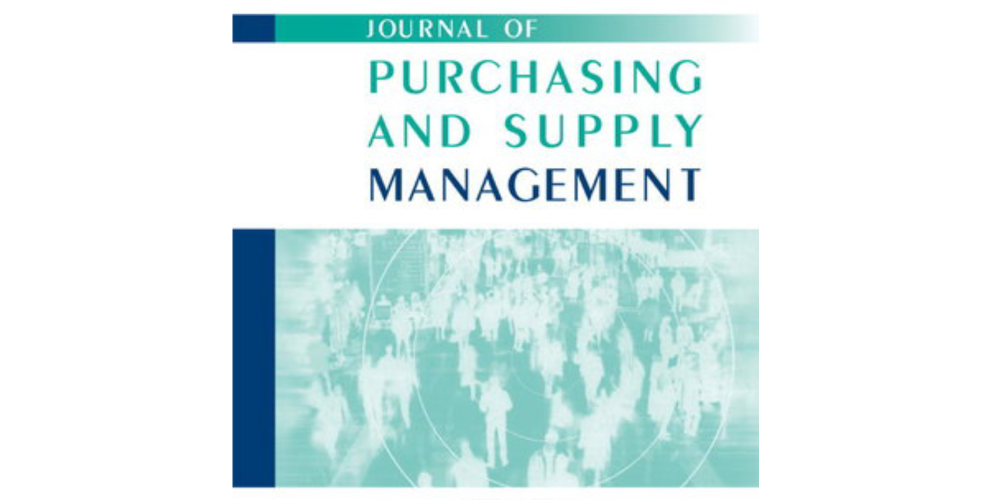The Need for Risk Measurement
Triggered by the COVID-19 pandemic, risk management has come front and center for companies as they adapt their purchasing and supply management (PSM) strategies. The dramatic impact of the pandemic’s repercussions on supply chains caught many companies offguard, providing an impetus for better preparation and recovery in the future. This has led many governments across the world to take initiative and implement mandates and guidance on how to make supply chains more robust. Examples include The White House’s executive order on America’s supply chains (Biden, 2021) to make them more resilient (The White House, 2021) and Germany’s law for companies to provide better supply chain oversight (Reuters, 2021). The question that arises for companies is then “How can supply chains be made truly more robust and resilient in a post-pandemic world?” And specifically, “How can we sense more quickly when a disruption emerges, and how can we respond more promptly to the disruption?”
While research on risk management is proliferating (Pournader et al., 2020; Uenk and Taponen, 2020), especially also within the PSM realm (e.g., Glas et al., 2021; Lenderink et al., 2022; Meyer et al., 2022) many firms are struggling to think about risks strategically (Kırılmaz and Erol, 2017; Loader, 2015). One area still largely untapped is risk measurement (Glas et al., 2021; Hoffmann et al., 2013), which can be challenging due to the intangibility and uncertainty of many risks, particularly for previously unobserved black swan events (Taleb, 2007). The best way to tackle such unknown risks is by measuring on many fronts constantly, with an attitude of measurement engrained in everyone. This is what we refer to as a culture of measuring.
Read the entire Journal of Purchasing and Supply Management article here>>



